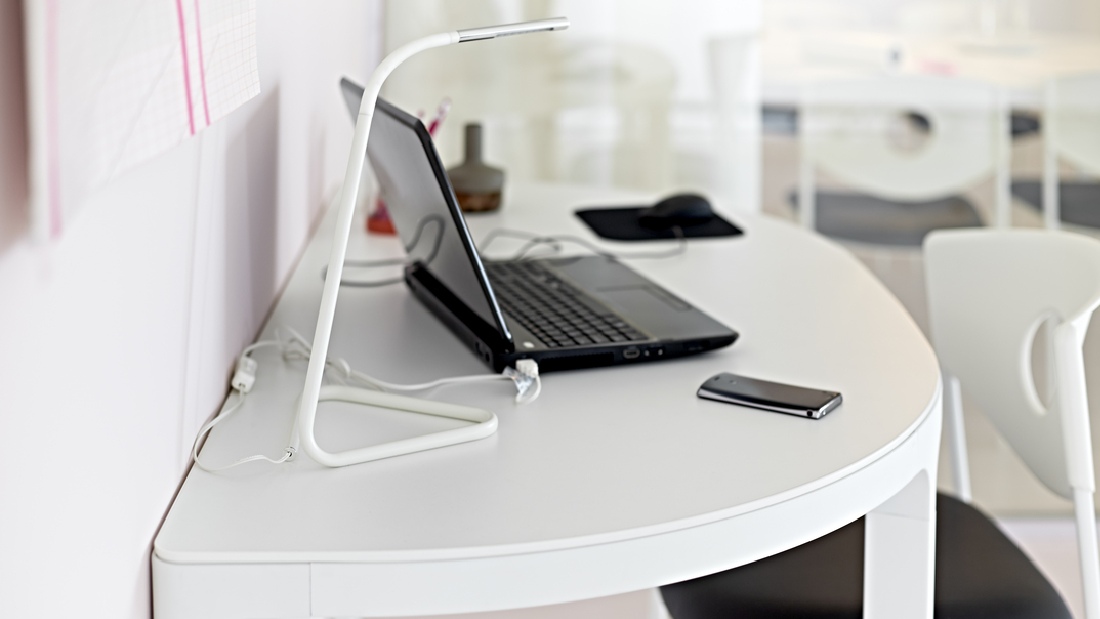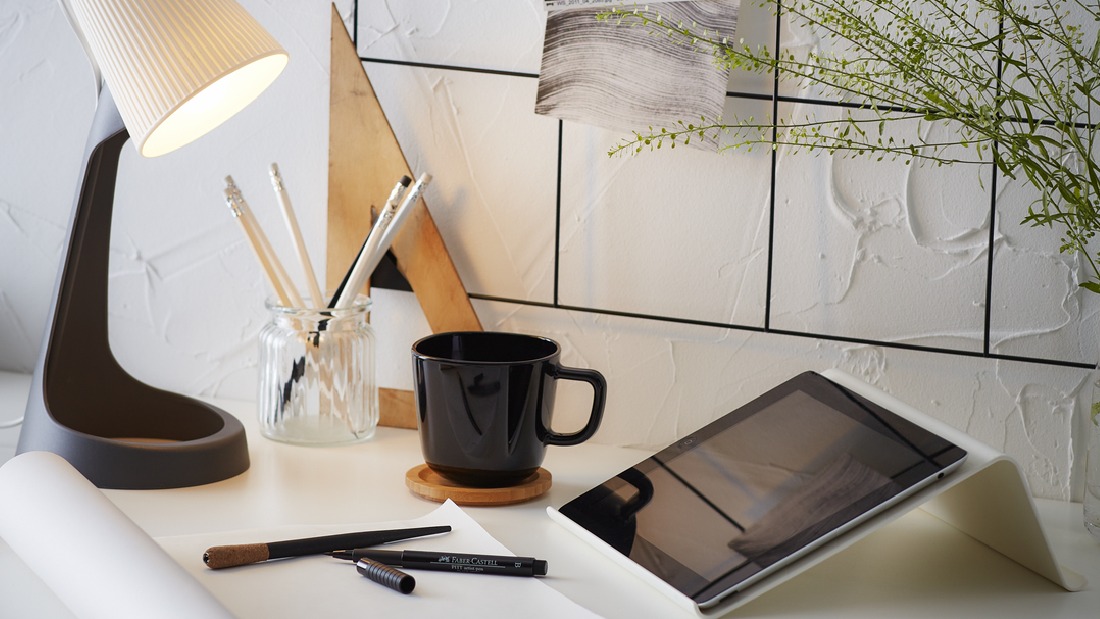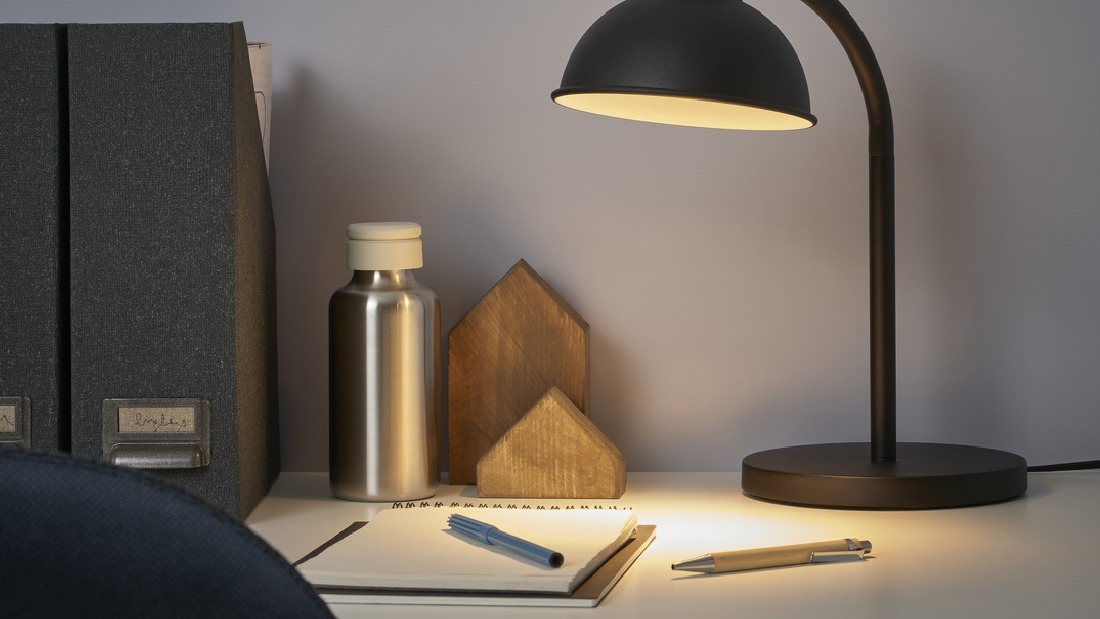Choosing the right office desk size according to your work style can affect your comfort and work efficiency. In this section, we will discuss how to adjust desk size for different work styles, including furniture such as reception desks.
Avoid choosing the wrong desk size, as it can impact how you type and work throughout the day.
- Office desk for Multi-tasking: If you often use various work tools like multiple monitors, documents, and additional devices, a larger desk will provide ample space and allow you to work more efficiently without feeling cramped.
- Minimalist office desk: For simple use or limited space, smaller desks like 75 x 75 cm or 100 x 60 cm are sufficient for basic tasks like typing or organizing documents without taking up too much room.
- Ergonomic office desk: A desk that matches your chair height and body posture will support an ergonomic sitting position, reducing strain during long work hours and ensuring an ideal screen viewing distance.
Office desk size examples for different needs
To find the ideal desk size, it's important to consider your specific needs, whether for a home office or a corporate setting.
In this section, we will provide size recommendations that align with your work concept and explain how workspace size and the right desk size can impact productivity, especially when typing and using other devices.
Home office desk
For creating a comfortable and efficient home office, choosing the right desk size is crucial. The ideal desk size for a home office is generally 120 x 60 cm.
This size provides enough space for work devices like laptops or computer screens and additional room for storing documents and stationery without cramming the space.
In addition to desk size, desk height also plays a crucial role in work comfort. The initial height guideline for an ideal ergonomic desk is around 72.5 cm.
This height ensures the desk is comfortable for typing and working, reducing the risk of back, shoulder, and neck strain. Desks should not be higher than 75 cm, as excessive height can lead to poor ergonomic posture.
Find the right size and adjust it to your needs and workspace to create a productive and comfortable work environment.
Office desk
For office use, buying a desk with a standard size is essential for creating an efficient and comfortable workspace. Minimalist office desks are often available in various affordable sizes on the market, such as 75 x 75 cm, 100 x 60 cm, and 120 x 60 cm.
The 75 x 75 cm size is ideal for small workspaces or very limited use. The 100 x 60 cm size offers a bit more space and is suitable for offices with slightly larger work areas while maintaining simplicity.
Additionally, the 120 x 60 cm desk is often considered optimal, providing ample space for various work devices like computers, monitors, and documents without taking up too much room.
Choosing a desk size that fits your needs and budget will help create a comfortable and more organized work environment.
Tips for choosing the right office desk






